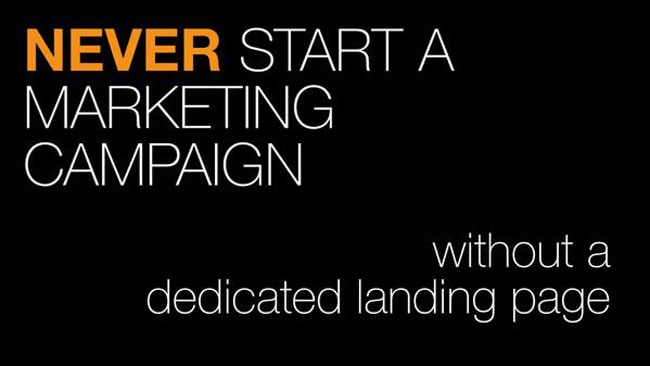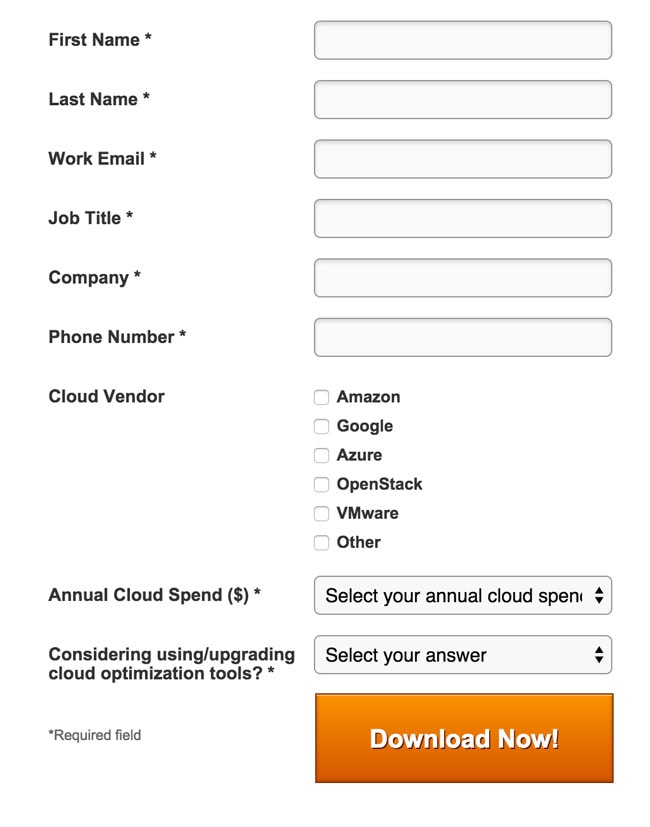
Have you ever tried explaining to a non-marketer what a landing page is? If you haven’t, expect to be met with a blank stare. It’s not that the concept of just one page with one goal and one call to action is difficult to understand — it’s more that the “Why would you build a new page when you already have a website?” question that’s a bit trickier to answer.
That’s the challenge when it comes to telling clients that they need landing pages. They’ve already been told that their website is the thing they need to promote their business. And now you’re telling them they need to invest in something else.
Which is why it’s so important to convey to them the real value of landing pages — how they can actually help them increase their return on investment and actually save money by harnessing the traffic they’re already paying for.
You get the most out of your clients when your efforts perform at the highest possible level. So this is something that both of you should get excited about.
But sometimes it’s hard to put yourself in your clients’ shoes and speak to them in their language instead of the jargon that we’re used to using around other marketers. (Want to see your client’s eyes glaze over? Throw acronyms like CPC, CPA and KPI at them.)
Here are some tips for communicating the value of landing pages to your clients in terms they’ll understand – along with a cheat sheet to help.
1. Sending paid traffic to your website is a waste of money
Websites are full of distractions. They’re designed to take you from one place to the next. So you need to explain to your clients that, whereas a website will give people many options, a landing page gives them just one option: to convert.
You would never start a new marketing campaign without a dedicated landing page. Don’t let your clients do it, either.

To help your client understand how distracting websites can be, tell them how a dedicated landing page lets you control the attention ratio on the page. A homepage with links (leaks) to other parts of the site might have a 39:1 attention ratio — in other words, there are 40 ways for visitors to exit the page.
And now show them how a landing page has a 1:1 attention ratio. This means they can either complete the form, or leave the page. Their chances of getting a conversion at 1:1 are far better than at 39:1.
Put another way, websites are like leaky buckets while landing pages are perfect funnels.
2. Using landing pages increases your ROI
Your clients probably don’t know the mechanics of how you’re getting them business, and they don’t really need to. What they like to hear is that you can do more for them without them having to spend more money. In other words, they’re looking for a better return on investment and if you let them know that landing pages can help them increase their ROI, they’ll be more than happy to listen.
The reason landing pages help you increase ROI comes down to another fundamental landing page principle: message match.
Message match ensures that your landing page contains the same message as your ad. When you match the headline of your ad with the headline on your landing page, you reassure visitors that they’re about to get the information they were after when they clicked the ad.
And if you’re running campaigns on AdWords, this’ll help increase your Quality Score.
Your client may not know what this is but here’s the key thing to communicate to your client: A higher Quality Score increases your ability to get more clicks without spending more money.
As Quality Score goes up, cost per click decreases. Cost per conversion decreases as well. Now you’re showing them how their ROI will increase without raising their PPC budget, and they’ve got to love that.
You can also let them know that you can take this level of targeting a step further once the conversion takes place. With a landing page form like the one below, you can get to know your leads better, which then allows you to segment those groups for more highly targeted lead nurturing campaigns.

With better segmentation comes more personalized messaging. Tell your clients how landing pages help you personalize the entire process from the ad all the way to the lead nurturing element. When your client understands that implementing landing pages means more sales down the road, they’ll release that this isn’t just a short-term tactic, but a strategy that’ll pay dividends for a long time.
3. Instead of paying for more traffic, optimize what you’ve got
As our friend Andrew Miller from Workshop Digital points out, clients sometimes believe they just need more traffic:
If you’re not converting traffic into leads, then you’re just spending more and more money and you’re not getting better and better results. You’re not getting that compounding effect that landing pages provide.
Landing pages let you optimize your current level of traffic through A/B testing. As it turns out, clients may not be aware of landing pages, but they often understand the concept — and importance — of testing. Says Andrew:
We use the “Buy One Get One Free” vs “50% Off” copy test as an example. That’s something [clients] understand. They don’t need to know the technical details of how [the test] is implemented, but they understand the benefit if they can get twice as many conversions without spending any more money on traffic, and without sacrificing lead quality.
Opening the discussion about landing pages and closing the client
Anyone who is paying for a service likes to get more for their money, and with landing pages, you can provide them with better traffic that has a much better chance of converting. The landing page is the tool, and the result of that tool is more bang for the client’s buck.
Now get out there and let them know!
We wanna help – with the help of our customer education team, we put together a handy cheat sheet for your next pitch. Download it via the form below!
